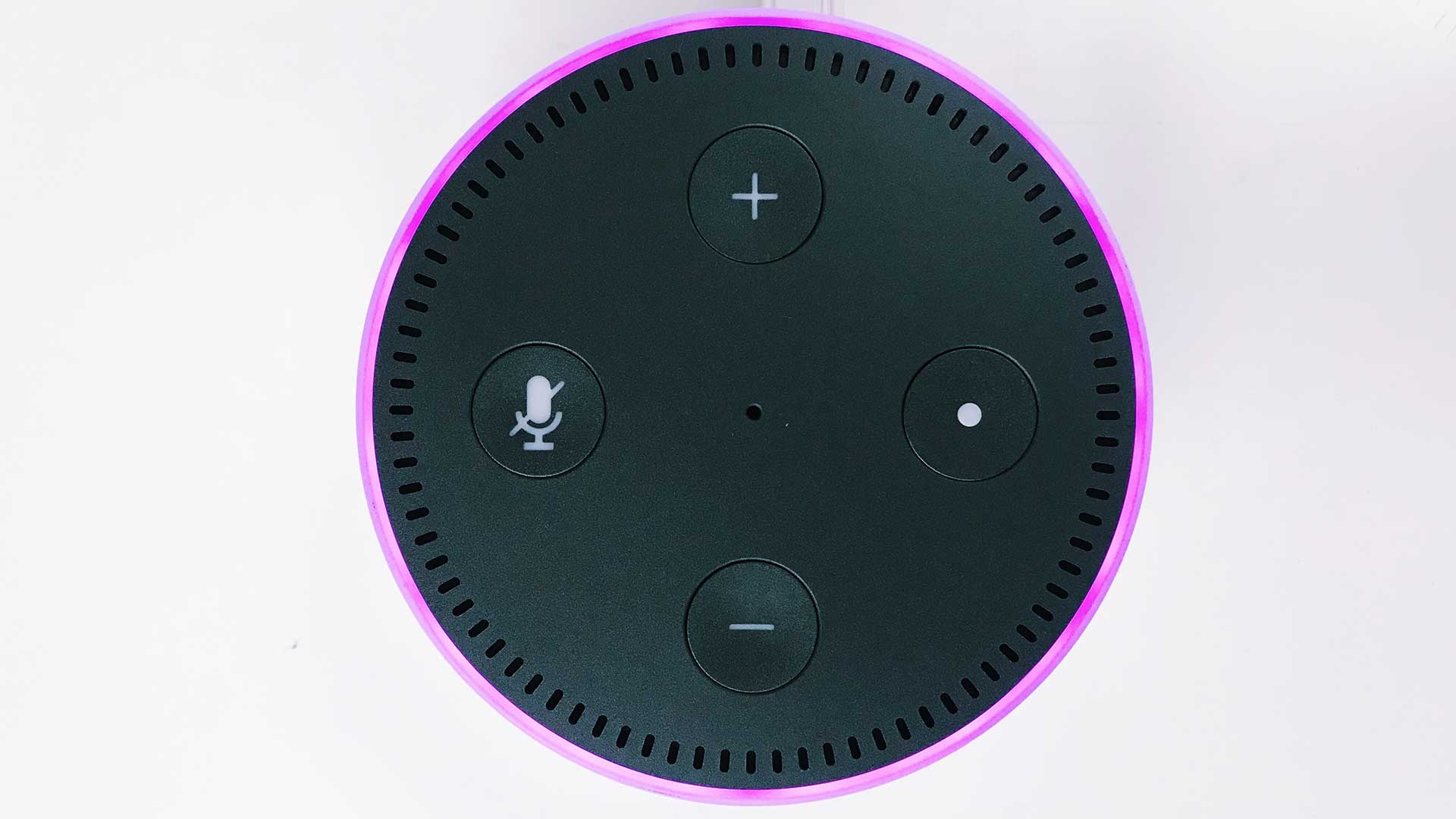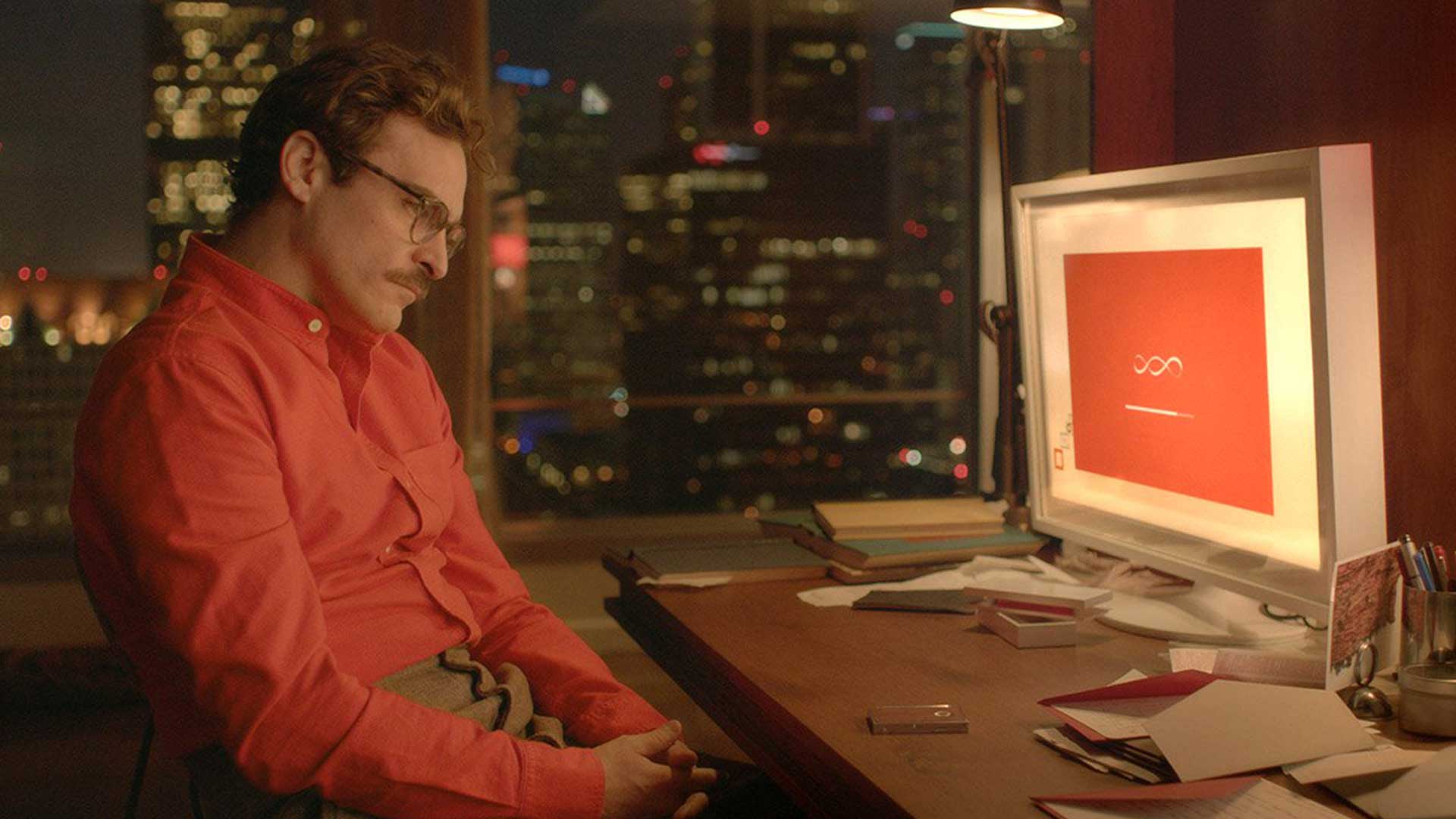Through the design of office furniture, Level Office Landscape deals with changes lead by the development of digital technologies on a daily basis.
They convey not only a social disruption, but also a terrific change inside workplaces (like the Smart Working trend). In this era of ubiquity, everyone is easily reachable and the physical presence at the office is no longer needed. Now the knowledge of the world is at our fingertips.
Starting from this realization, Level designed LevelHUB, a space in which to experiment with new possibilities connected to technology. An observatory of deep changes in the workplace, where the desires of workers (no matter their generation; Millennials or Boomers) are realized.
The Development of Vocal Interfaces and Artificial Narrow Intelligences
Beyond the realization of its HUB, Level’s research activity moved by the desire to imagine the future pushed it to consider the studies of the most important IT companies of the world. Those focused on the Artificial Narrow Intelligences and the implementation of voice control on such devices as smartphones, computers or architectural elements.
The tangible translation of this research is already observable in various products launched on the market today, capable of reacting immediately to voice commands and carrying out actions. Google’s Assistant, Apple’s Siri, Microsoft’s Cortana and Amazon’s Alexa are personal assistants on the market today, capable of writing emails, turn on and off lights and activating digital household appliances. Vocal commands are simplifying our daily routines, saving people’s time not only at home, but also at work.
Not only voice, but in the next few years holograms will take center stage, like the ones developed by the RMIT University of Melbourne and the Beijing’s Institute of Technology. They will be integrated into every product, going beyond the dimensional limit of the screens, to assist people in a more emotional and “human” way.
Technology is not something to fear but rather a potential ally to ease our lives and will slowly become less intrusive. The emotional distance between man and machines will quickly blur (like the theories of the trans-humanism developed by Nick Bostrom), moving towards empathy.
These changes will occur in a virtual place, intimately connected to our real world, where boundaries between the two dimensions will be ever more subtle, creating a sort of embryo bubble: a primordial place where inside and outside will look the same.
A symbiosis between men and machines
In the coming years we will see real symbiosis between men and machines, like imagined in “Her” movie, candidate to the Oscar, in which the main character bought an operating system for his pc, based on an AI capable of evolving and adapting to his needs.
During the installation, a female voice named Samantha enchanted him, making him fall in love day after day. With its psychological development, the AI will talk to the protagonist about life and love, bonding with him in a very deep way.
Interactive walls will “live”
If cinema is able to predict the future, the present is offering us many chances to think about how to use these instruments at work. They are indie, influencing the Smart Working organization where the digital world will become the starting point to its rapid development.
Offices will be a place in which walls will talk, offering images, data and information, that will no longer be cold and aseptic, but communicated by virtual assistants (computers with AI), with warm “human” voices. Acoustics will be the issue to consider when planning workplaces, to avoid the problem of interferences and distractions of users talking with their vocal assistants to perform their daily routines.
Anticipating this trend, Level launched Smart Wall, a separation wall integrated with technology, available not only for the office, but also at home or in a shop, letting walls and architecture become “alive”. Another example is the Scribit Robot, a vertical plotter able to draw contents on every surface. The startup who developed it in 2011, raised millions of dollars with fundraising campaigns, showing that the path for the success of these kinds of products is already traced.
The Future Office Design Scenarios
Nowadays our interaction with vocal assistants are rare and not consistent, but in the next future it’ll become a daily practice. We will ask AI’s everything, while smart devices which contain them will become smaller and smaller, integrating themselves into our bodies. Maybe tomorrow we will speak all the languages of the world without limits, thanks to this technology, that will transform us in “Homini Dei”.



